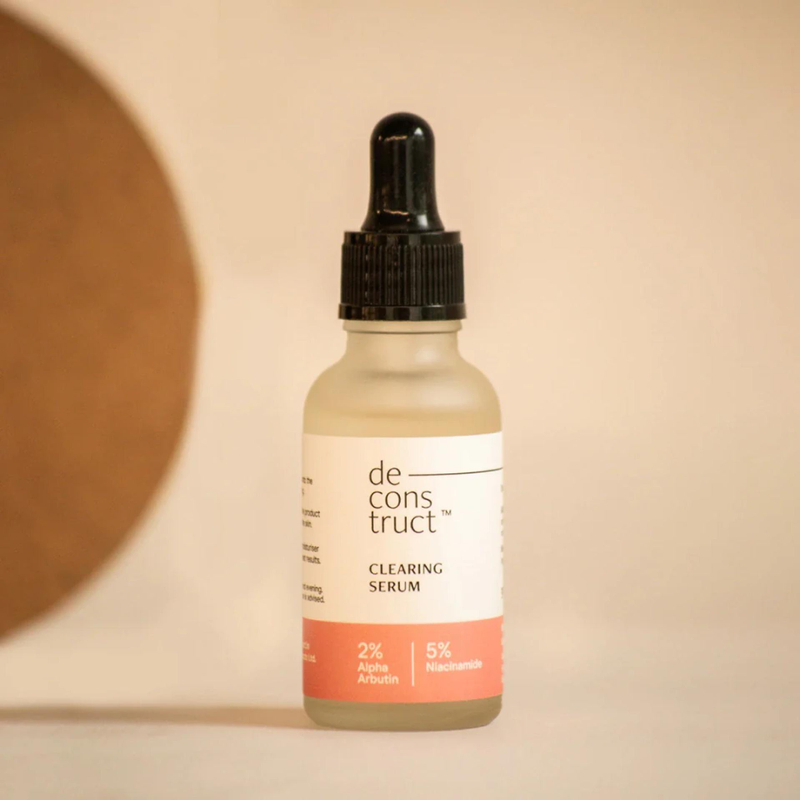Niacinamide, a form of vitamin B3, has become a go-to ingredient in modern skincare. Known for its ability to reduce oiliness, calm redness, minimize pores, and improve overall skin tone, it’s suitable for a wide range of skin types. However, when it comes to choosing the right concentration—typically between 5% and 10%—many people are unsure which one will work best for them.
In this guide, we break down the difference between 5% and 10% niacinamide and help you decide which strength is best for your skin type and concerns.
What Is Niacinamide?
Niacinamide is a water-soluble vitamin that helps:
- Strengthen the skin barrier
- Regulate sebum (oil) production
- Reduce inflammation and redness
- Improve the appearance of pores and skin texture
- Fade dark spots and hyperpigmentation
It’s often found in serums, moisturizers, and toners, and is well-tolerated by most skin types.
5% Niacinamide: Gentle Yet Effective
Best for:
- Sensitive skin
- Dry or combination skin
- First-time users of active ingredients
5% niacinamide serum is a great starting point for anyone new to active skincare. At this concentration, it offers many of niacinamide’s well-known benefits without overwhelming the skin.
Benefits at 5%:
- Calms redness and irritation
- Helps retain moisture
- Supports a healthy skin barrier
- Minimizes breakouts gently
- Safe to use daily, even twice a day for most skin types
This strength is particularly ideal for sensitive or reactive skin, as it delivers steady results with minimal risk of irritation.
10% Niacinamide: More Potent, More Targeted
Best for:
- Oily or acne-prone skin
- Stubborn dark spots or hyperpigmentation
- Experienced skincare users
At 10%, niacinamide serum offers stronger results in less time, especially when targeting excess oil, enlarged pores, and post-acne marks. However, it may not be suitable for everyone.
Potential drawbacks:
- Can cause dryness or irritation in sensitive skin
- Not ideal for damaged or compromised skin barriers
- Should be introduced gradually into your routine
Though more potent, this higher concentration should be used cautiously, especially if your skin isn’t accustomed to actives.
How to Choose the Right Strength
To decide between 5% and 10%, consider:
- Your skin type – If your skin is easily irritated or dry, 5% is a safer option.
- Your concerns – If you’re dealing with severe oiliness or persistent dark spots, 10% may offer better results.
- Your experience – Beginners should start low and only move up if needed and well-tolerated.
Remember, a higher concentration doesn’t always mean faster or better results—especially if your skin becomes irritated and can’t tolerate it.
Tips for Using Niacinamide Safely
- Start slowly: Especially with 10%, begin using it 2–3 times per week and gradually build up.
- Patch test: Always apply a small amount to a discreet area before using it on your full face.
- Layer properly: Apply after cleansing and before heavier creams or oils.
- Avoid overuse: If combining with other actives (like acids or retinoids), introduce one at a time.
- Always wear sunscreen: While niacinamide doesn’t increase sun sensitivity, it’s essential for protecting your skin and enhancing results.
Conclusion
Both 5% and 10% niacinamide are effective, but the right choice depends on your skin’s needs and tolerance. If you’re just starting out, have sensitive skin, or want to maintain your skin barrier, stick with 5%. If you're experienced with actives and looking to tackle more stubborn concerns, 10% may deliver quicker results—just be cautious and listen to your skin.

